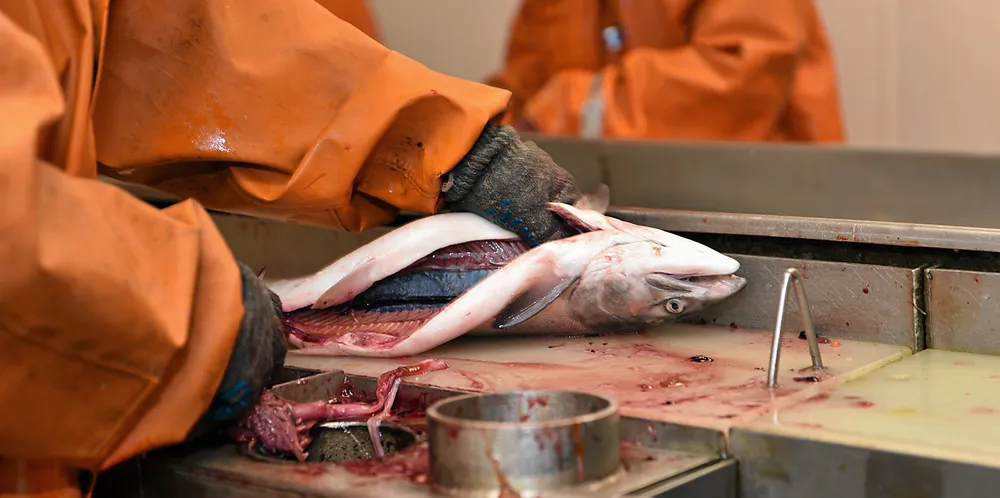US doles out thousands of additional H-2B worker visas, but will it be enough to satisfy Alaska processors' labor shortage?
The visa are critical to the operations of seafood plants across the state.

The visa are critical to the operations of seafood plants across the state.
